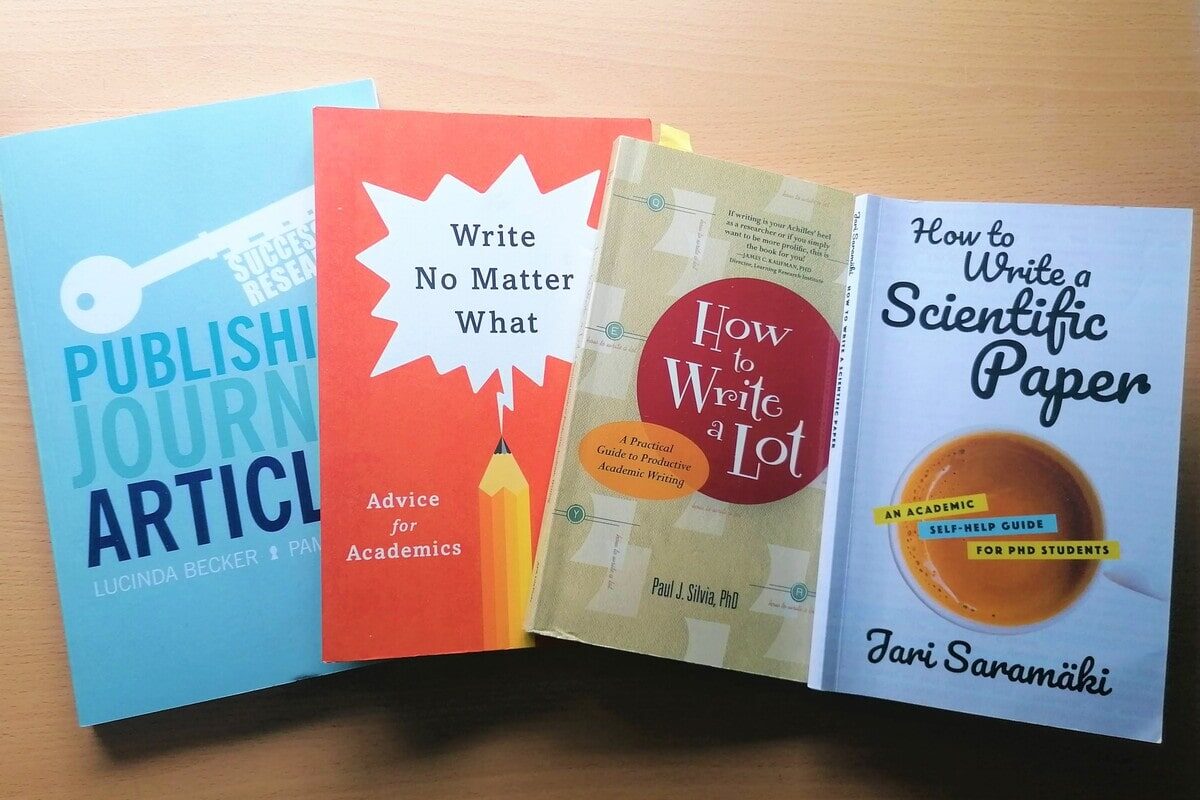For an honest and scholarly scientific research, you must follow the ethics of research and good publication practices. All the reputed journals expect the authors to know and comply with the ethics in publication.
Here, in this post, we discuss the two common and unethical publishing practices – duplicate publication and simultaneous submission, and how to avoid them with your manuscript.
1) Duplicate Publication
What is it?
When you publish a new paper similar to a published paper by another author or yours without acknowledging the source and without getting the permission of the original author, it is called a duplicate publication. Even if you change the title or the abstract, the data and the results remain the same.
Why is duplicate publication a problem?
Duplicate publication is unethical because:
- It violates the copyright for the paper.
- Researchers who study the subject may count the same set of results twice, and thus distort the empirical evidence. Since empirical studies form the base of many health policies, it becomes a serious problem.
- Republication of your own work without attribution surmounts to “self-plagiarism”.
- It leads to the wastage of editorial and review resources.
- Republication of the same work unjustly takes up the limited journal space and denies other authors’ right to publish their work.
What do journals say about the issue?
The editorial committees of the academic journals instruct the authors do not submit the papers or variations of papers already published elsewhere. They design stringent policies and ask the authors to send copies of older, related articles along with their submitted paper.
However, republication is allowed in some cases:
- A follow-up on a published preliminary report (e.g., an abstract, poster, or conference presentation)
- A paper with a list of the guidelines prepared by professional societies or governmental agencies
- A paper that re-analyses or re-interprets the findings of the study for a different audience
- A translation of the original paper
- e-prints of the paper in repositories
Despite these exceptions, authors must adhere to the following guidelines:
- Get permission from the copyright holders.
- Get approval from the editor of the journal in which the paper was first published and the editor of the journal in which they will republish it.
- Acknowledge the source of your republication by providing its full citation.
Dos and don’ts to avoid duplicate publication
- Do not replicate content from any of your other published papers.
- Do not offer preliminary reports about the published papers to any company without the permission of the journal.
- When quoting data from your published work, include only a few sentences, and place the text in quotation marks and cite the source.
- If you write more than one manuscript by using a single dataset, ensure:
- Each manuscript addresses separate and important questions
- You cross-reference the manuscripts
- Inform the journal editors about this in a cover letter
- While submitting your paper to the journal editor, provide copies of your published and related papers for complete transparency.
2) Simultaneous Submission
What is it?
The practice of submitting the same manuscript to two or more journals at the same time without informing the respective scientific journal editors is known as simultaneous or multiple or dual submission.
Why is simultaneous submission a problem?
The journals consider simultaneous submission as unethical because:
- If more than one journal publishes the paper, it can lead to a copyright dispute.
- Since two publication houses will carry out the same task, it is a waste of academic and scientific resources.
However, simultaneous submission is acceptable in following cases:
- When the editors of the two or more journals agree to publish the paper simultaneously or jointly in the larger interest of the society.
- When scientific conferences allow the authors to simultaneously submit their papers to other meetings with overlapping submission periods.
Dos and don’ts for the authors
- Do not submit the same manuscript to more than one journal.
- If you wish to submit a paper that is “under consideration” at one journal to another journal:
- Get a written consent from your co-authors.
- Inform the first journal editor asking about the paper withdrawal.
- Do not submit unless you get a formal notification from the first journal editor regarding the paper withdrawal.
- Submit this notification to the second journal along with your paper.
- If you have written two related papers and wish to submit them to two different journals:
- Disclose the details of each paper to both the journals.
- Inform both the editors that you have a similar paper under review at another journal (even if they are in different languages).
- Enclose the copies of both the papers along with your submission.
Conclusion
Thus, duplicate publication and simultaneous submission are a serious offence and you can spoil your research career by indulging in such practices. We recommend you to contact our professional journal publication services experts to understand and follow ethical submission practices for the welfare of the society and your career.



